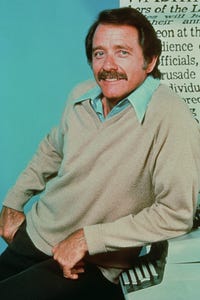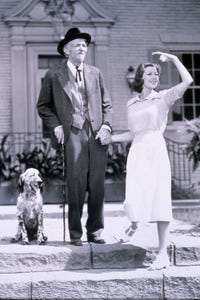X
Join or Sign In
Sign in to customize your TV listings
By joining TV Guide, you agree to our Terms of Use and acknowledge the data practices in our Privacy Policy.
The Real McCoys
Loading. Please wait...
Awards
- 1959 - Emmy - Best Supporting Actor (Continuing Character) in a Comedy Series - nominated
- 1959 - Emmy - Best Supporting Actress (Continuing Character) in a Comedy Series - nominated
- 1959 - Emmy - Best Actor in a Leading Role (Continuing Character) in a Comedy Series - nominated
Cast & Crew See All
Latest News See All
Popular Shows See all shows

Mike & Molly
A couple struggles with overeating.
Hennesey
Hennesey is an American military sitcom/drama television series with Jackie Cooper in the title role that aired on CBS from 1959 to 1962.Cooper played a United States Navy physician, Lt. Charles J. "Chick" Hennesey, with Abby Dalton as Navy nurse Lt. Martha Hale. In the story line, they are assigned to the hospital at the U.S. Naval Station in San Diego, California.

Scooby Doo, Where Are You?
Fred, Daphne, Velma, Shaggy, and the talking dog, Scooby-Doo, travel on the Mystery Machine van, in search of weird mysteries to solve.

Maude
Well-educated and upper middle class, Maude Findlay is the archetypal feminist of her generation. She lives in suburban Tuckahoe, New York, with her fourth husband, Walter, their divorced daughter, Carol, and grandson Phillip.

The Odd Couple
A remake of the 1970s sitcom about two divorced men who become roommates even though they are polar opposites.

The Neighborhood
The nicest guy in the Midwest moves his family into a tough neighborhood in Los Angeles where not everyone appreciates his extreme neighborliness. That includes their new next-door neighbor Calvin.

